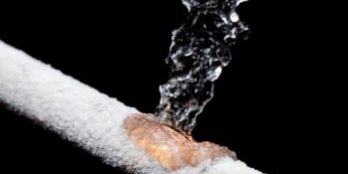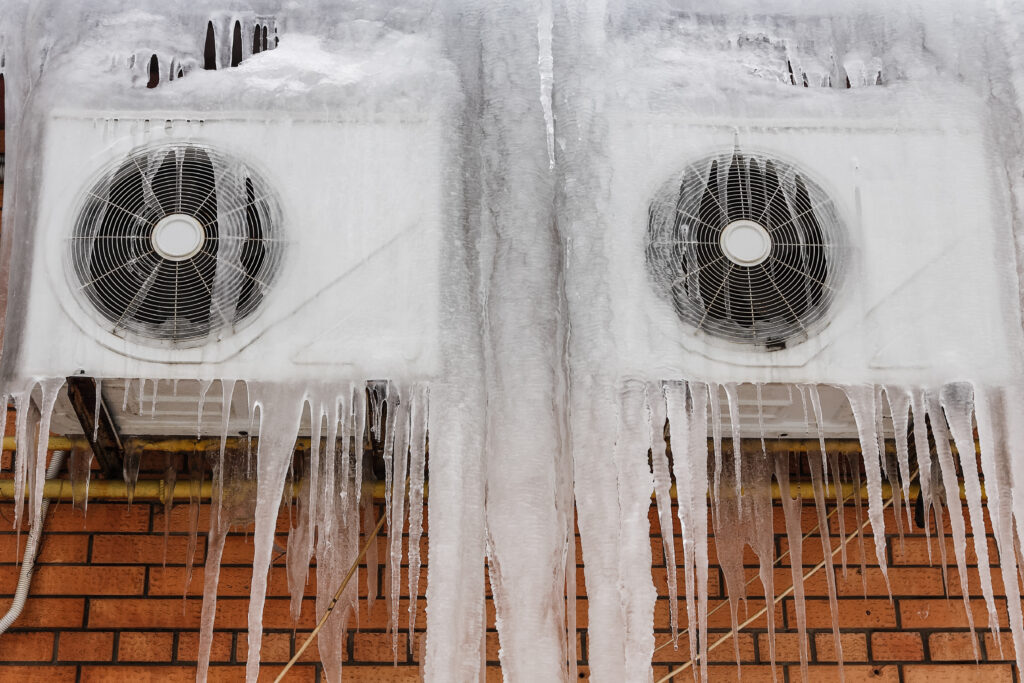What to Deal With a Frozen AC Pipe - Essential Measures for Restoration
What to Deal With a Frozen AC Pipe - Essential Measures for Restoration
Blog Article
Just how do you feel about Air Conditioner Frozen? How To Fix your Frozen AC Line?

Introduction
Discovering that your air conditioning pipe is frozen can be concerning, especially throughout hot summertime when you rely upon your ac system one of the most. Understanding what to do in such a situation is essential to prevent additional damages to your cooling system and ensure your comfort inside.
Understanding the Causes
Numerous aspects can contribute to the cold of an a/c pipeline. Comprehending these causes can aid you address the concern efficiently.
Absence of Airflow
One typical cause of an icy air conditioner pipeline is inadequate airflow. When the air flow over the evaporator coil is limited, it can create the coil to drop below freezing temperature, leading to ice formation on the pipeline.
Low Refrigerant Levels
Insufficient cooling agent levels in your air conditioner system can likewise result in a frozen pipe. Reduced refrigerant degrees can create the pressure in the system to go down, resulting in the cold of dampness on the evaporator coil.
Winter Conditions
In chillier environments, freezing temperature levels outside can contribute to the cold of AC pipelines. If your a/c unit is not effectively protected or if there are leaks in the ductwork, cool air can penetrate the system, triggering the pipe to ice up.
Dirty Air Filters
Dirty or blocked air filters can restrict airflow in your a/c system, causing various concerns, including a frozen pipe. It's necessary to change or clean your air filterings system routinely to guarantee appropriate air movement and protect against ice buildup.
Indications of a Frozen Air Conditioner Pipe
Identifying the indications of a frozen air conditioning pipe is vital for prompt activity.
Lowered Airflow
If you notice a considerable reduction in air flow from your vents, it can indicate a frozen pipe.
Ice Buildup on the Pipe
Noticeable ice accumulation on the cooling agent line or the evaporator coil is a clear indicator of an icy a/c pipeline.
Strange Sounds from the Unit
Uncommon noises, such as hissing or bubbling, originating from your air conditioner unit can signal that there's ice present on the pipe.
Immediate Actions to Take
When faced with an icy air conditioning pipeline, it's vital to act rapidly to avoid additional damages to your cooling system.
Turning off the air conditioning
The first step is to turn off your air conditioner to stop the system from running and intensifying the concern.
Checking for Blockages
Examine the area around the interior unit for any kind of blockages that might be blocking air movement, such as furnishings or drapes.
Thawing the Pipe
You can make use of mild methods like positioning towels soaked in warm water around the frozen pipeline to help thaw it slowly.
Safety nets
Taking preventive measures can help avoid future events of a frozen air conditioning pipe.
When DIY Methods Fail
If your attempts to thaw the pipe or address various other concerns are unsuccessful, it's time to employ an expert.
Significance of Hiring a Professional HVAC Technician
A certified HVAC technician has the know-how and tools essential to diagnose and fix concerns with your a/c system securely and effectively.
Normal Maintenance Checks
Arrange regular maintenance consult a professional HVAC professional to guarantee that your air conditioning system is running successfully.
Changing Air Filters
Routinely change or clean your air filters to avoid airflow restrictions and preserve optimum efficiency.
Shielding Exposed Pipes
If your air conditioner pipelines are subjected to cold temperatures, take into consideration shielding them to prevent freezing throughout winter season.
Looking For Professional Help
If DIY approaches fail to resolve the issue or if you're unsure about exactly how to proceed, it's ideal to seek aid from a qualified HVAC professional.
Conclusion
Taking care of a frozen AC pipe can be a discouraging experience, however knowing how to react can aid reduce damages and restore convenience to your home. By recognizing the causes, identifying the indications, and taking prompt action, you can efficiently deal with the problem and prevent future events.
G UP? HOW TO FIX IT?
It happens all over America. And the rest of the world probably. It’s the hottest day ever and for some darn reason your AC isn’t cooling the house. You fiddle with the thermostat to try and fix the problem. Nada. All you can do now is go outside and check the AC unit. You make your way there and find your air conditioner unit is frozen! But how?
In this post we’ll cover how you can tell that your air conditioner has frozen (other than the obvious reasons), what could have caused the freeze, and some of the things you can do about your AC freezing up. And if you have a frozen heat pump condenser, read our blog about it to learn what to do! But remember, it is always best to avoid your AC freezing up with an AC tune up. And if you are moving into a home, it's critical to get HVAC inspection so that you are aware of an AC problems before you move in.
Keep reading and you may be able to fix the frozen AC yourself. If you can’t, call an HVAC specialist. If you live in Maryland, call SuperTech HVAC for AC repair. We’ll take care of it.
How Does An Air Conditioning Unit Work?
How you probably imagine an AC works is wrong. Contrary to popular belief, an AC system does not inject cool air into a building. Instead, it removes the heat from inside and transfers it outside. Cool huh? (Pun intended).There are 4 major components among the 3 stations of an air conditioning system: the evaporator coil, the compressor, the condenser, and the refrigerant – a special chemical that links everything together through a closed loop system.
Station 1:
Warm indoor air is sucked into the return vent, through a filter, and blows over the evaporator coil. The heat is absorbed into the cold refrigerant, turning it from liquid to gas. The air, which is now cool, is blown back into the home to areas that your thermostat, i.e. you, has decided.
Station 2:
The refrigerant makes its way outside the house to the compressor, which squeezes the warm refrigerant, raising its gaseous temperature even more.
Station 3:
When the super hot vapor refrigerant reaches the condenser, the last step, the heat is expelled and absorbed into the outdoor air. The refrigerant instantly cools, which changes it from gas back to liquid form. The cold liquid refrigerant is now ready to return to station 1 and repeat the process.
Is Your AC Freezing Up? Here Are The Signs:
As you may have guessed, your air conditioner unit freezing up on a hot day is not normal.
If this happens, there's no need to panic. Often the issue can be solved with a little troubleshooting. If the AC unit is left frozen for too long however, you may find yourself with a bigger problem.
First things first, how do you know your AC is frozen?
Well, the obvious sign is the ice on your refrigerant line-set pipe. Simply check between your outdoor AC unit and your home's exterior wall to see whether your AC line frozen.
You might also have a frozen evaporator coil. This one's not as easy to check. You'll need to open a panel on the indoor unit to inspect. Don't do this unless you're handy. If you aren't, call an HVAC pro like SuperTech HVAC or you may damage something in the process.

As a serious reader about What Do I Do If My AC Pipe Is Frozen, I think sharing that piece of content was really helpful. Sharing is caring. Who knows, you could be doing someone a favor. We truly appreciate reading our article about What Do I Do If My AC Pipe Is Frozen.
This Post Report this page